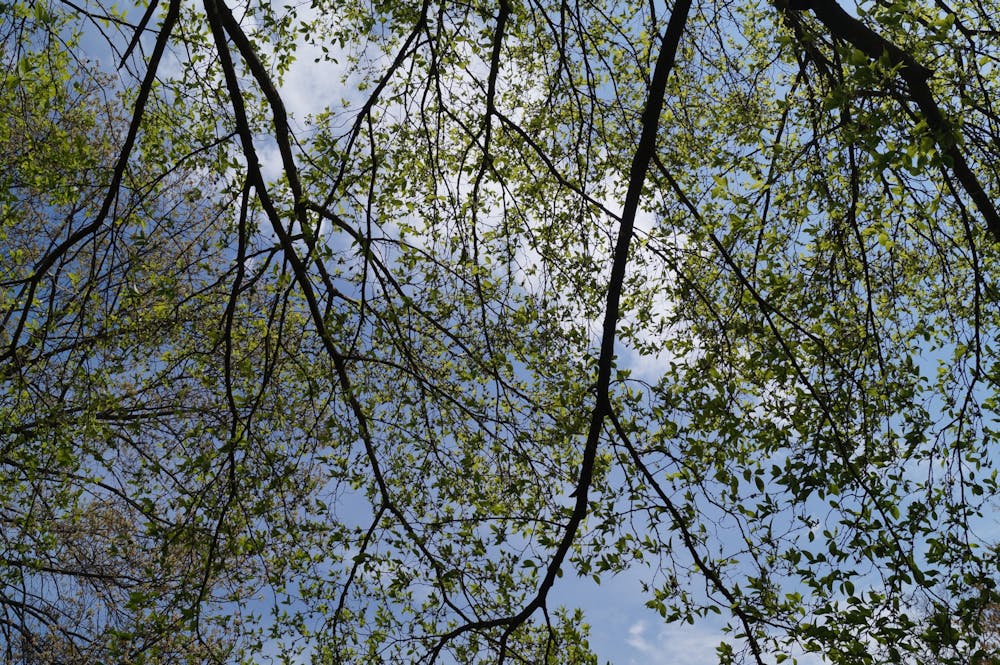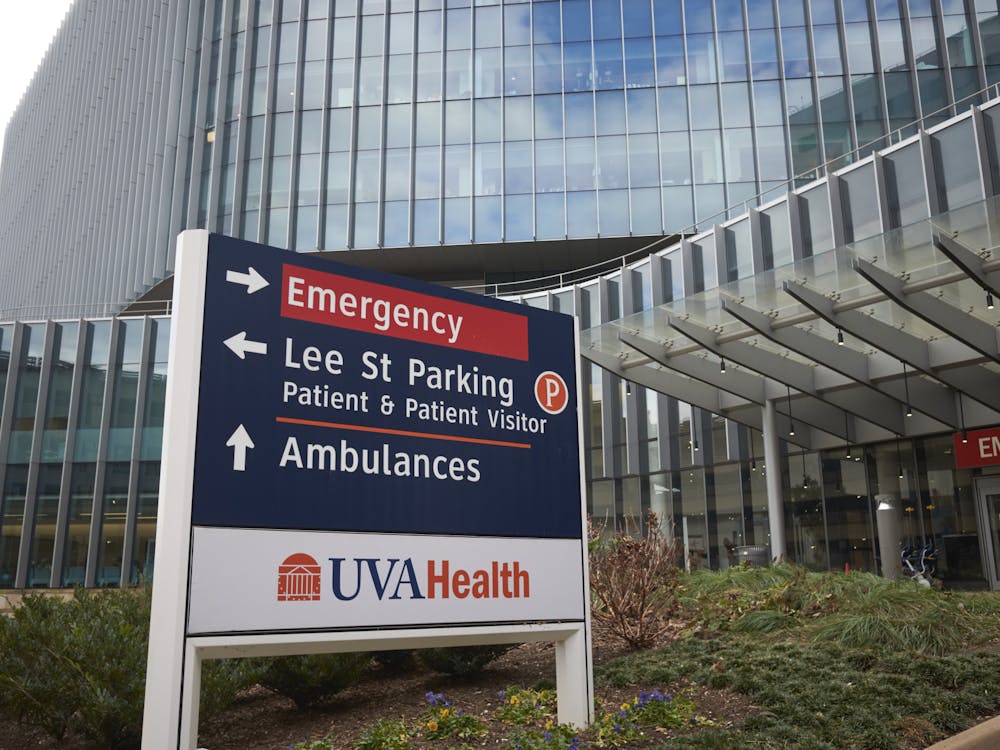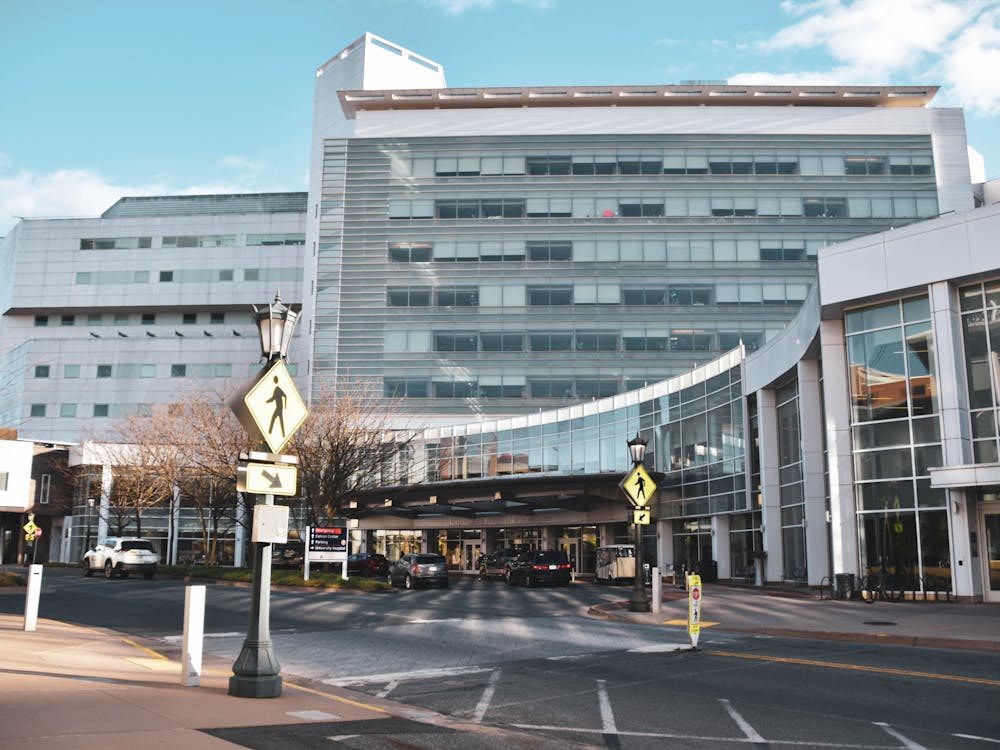A recent report from the Charlottesville Tree Commission indicates that the rate at which Charlottesville is losing its tree canopy has increased dramatically. This bears health-related, economic and environmental consequences for the community as a whole — particularly lower-income households.
According to the report, the tree canopy — or the area of land covered by trees — in Charlottesville experienced a 10 percent reduction between 2004 and 2018. This was a drop from 50 percent tree canopy cover to 40 percent cover — 5 percent between 2004 and 2014 and 5 percent between 2014 and 2018, a dramatic increase in the rate of loss.
Peggy Van Yahres, chair of the Tree Commission, mentioned that there has been a slight loss of tree density due to the emerald ash borer, a type of beetle responsible for a recent decline in ash tree populations. This, however, has only been a recent development within the past few years, according to Yahres. The root cause of the canopy loss is far less temporary.
“It has to do certainly with development,” Yahres said, regarding the cause of the tree loss. “[It] also happens to do with a couple of particular projects. The Meadow Creek Restoration of the stream took down a lot of trees.”
The Meadow Creek Restoration — a 2012 project meant to restore one of Charlottesville’s major waterways — involved cutting down many trees around the stream.
Despite the Commission’s best efforts to acquire funding for trees and the labor to maintain them to counter these projects, this loss of canopy has not been offset by planting.
According to the Commission’s report, the goal in planting trees is at least 200 trees per year. That goal has not been met in any of the past five fiscal years. This was particularly the case between the springs of 2020 and 2021 when only 23 trees were planted due to a lack of funding in the midst of the pandemic.
“This year we asked for two things [in the budget],” Yahres said. “[We wanted] money to remove the ash trees and … we work with the City to decide where the new trees are going to go.”
Yahres mentioned that out of the 19 city neighborhoods that are actually in the city boundary, 12 of them now are below 40 percent tree cover.
The areas of the community most impacted by the declining tree population are lower-income communities and predominantly Black neighborhoods. For example, Starr Hill and 10th and Page are neighborhood planning areas with canopy covers below 20 percent, deemed “extremely low-canopy” by the Tree Commission and thus conducive to higher costs of living and negative health effects.
Environmental Science Prof. Thomas Smith explained that trees have a massive impact on the quality of life of Charlottesville residents.
“There's some general benefits in urban environments of trees,” Smith said. “One of the biggest and most widely known is the effect that they have on local temperatures.”
The negative impacts which arise from a lack of trees primarily come from the creation of what are called “heat islands” — urban areas which experience higher temperatures than nearby areas.
Smith explained that these heat islands are created in the absence of trees because trees have high albedo, or the ability to reflect sunlight. In their absence, hard urban surfaces — particularly blacktop — absorb heat, which would otherwise have been reflected, and thus retain heat in the air near the ground. In addition to impact on shading, the absence of trees also creates a lack of water vapor, which cools the environment.
When there are fewer trees, less carbon is consumed and more automobiles and homes are present to produce it. The heat and pollution which develop from this process cause various detrimental health effects.
“Scientists over the last couple of years have been able to relate tree canopy loss … to such illnesses as strokes, heart attacks and asthma,” Yahres said.
Some of those studies have found a correlation between areas of high tree density and better overall health. Including the conditions stated above, those studies have found lower rates of obesity and diabetes in areas of high canopy cover.
Beyond direct health effects, heat islands are economically costly. When communities are warmer overall, more money must be spent during warm weather seasons cooling homes. This cost is felt especially strongly in lower-income areas, where families cannot necessarily afford to spend extra money on air conditioning and energy.
In addition to dissipating heat, Smith mentioned that trees provide the well-known benefits of carbon dioxide consumption, enhancement of biodiversity and simple aesthetic improvement. Yahres added that trees absorb water, so flooding is less common in tree-dense areas.
The Tree Commision is working to counteract the recent loss of tree canopy, first and foremost by requesting $100,000 for planting and tree maintenance as compared to 2021’s fiscal year amount of $75,000.
“We have some priorities,” Yahres said. “If we can, we want to plant in the neighborhoods that have low tree cover wherever we can. We want to plant trees along sidewalks and trails so there'll be shading in the summer. Another priority is we want to make sure that playgrounds where children are playing are shady.”
In low-income neighborhoods where there are fewer public spaces and private properties are closer, the Tree Commission is hoping to increase tree cover by obtaining permission from homeowners to plant directly on private property.
“We'd like to start a fund to help our lower-income neighbors take care of their trees,” Yahres said. “And, we're doing a lot to educate kids and families about the value of trees in nature in the city.”
The Tree Commission has started ReLeaf, a project meant to increase awareness about the loss of canopy and plant more trees in Charlottesville in order to address this goal. Beyond simply planting trees, ReLeaf is visiting local schools to inform students about the importance of Charlottesville’s tree canopy.
Additionally, Yahres and the rest of the Commission are working with the Tree Stewards to plant more trees on private property, where trees are most needed. The Tree Stewards is an all-volunteer organization which plants and maintains trees, educates about trees and works with other groups like the Tree Commission to increase awareness and tree density.
Overall, the Commission is motivated to continue to advocate for more trees in Charlottesville.
“We also advise City Council,” Yahres said. “When their site plans are going to affect trees … [we will] be the voice of the tree and advocate for trees.”





